Introduction: More Than “Just Scissors”
In many Japanese homes, a balanced pair of kitchen shears (kitchin shiaazu, キッチンシアーズ) is as essential as a chef’s knife. From snipping herbs (haabu o kiru) to butterflying poultry (tori no mune niku o hiraku), they’re a quiet shortcut to precision. When crafted with the attention to detail Japan is known for, shears don’t just cut they inspire mindful cooking.
Explore our collection of Japanese knives, the perfect pairing with kitchen shears so you're prepared for any meal!
Product Features and Benefits
Premium shears combine durability, control, and comfort. Many high-end models use stainless steel for strength and corrosion resistance, often refined by Japanese makers for fine, lasting edges.
- Grip that holds: Micro-serrated blades keep slippery foods steady when cutting poultry or cutting shellfish.
- Clean, safe, simple: A tool that can disconnect for cleaning encourages thorough washing vital after raw proteins.
- Comfort-first handles: Silicone handles with soft cushioning reduce fatigue during long prep sessions.
- Finish matters: A muted satin finish helps hide micro-scratches and glare, keeping your shears looking work-ready.
- Built to last: With routine care, quality shears are virtually indestructible a long-term ally in daily cooking.
Tip: Store shears separately from knives to protect their edge and your fingers.

Usage and Versatility
Think of kitchen shears as your speed-to-plate partner. They’re a multi-purpose kitchen tool that streamlines prep while preserving precision.
- Snipping herbs: Cut chives, shiso (oba, 大葉), or scallions right over the bowl for bright finishes.
- Butterfly poultry: Spatchcock a chicken quickly for even roasting and crisp skin.
- Breaking down shellfish: Open crab or lobster cleanly without crushing delicate meat.
- Cutting twine: Tidy roulades and tied herb bundles in seconds.
- Cutting parchment paper: Fit trays for wagashi or matcha sponge without wrestling a roll.
- Trim veggies: Clean snow peas, trim stems, or portion nori with tidy edges.
Care note: For easy cleaning, separate the blades when possible, hand-wash, dry immediately, and add a drop of mineral oil to the pivot as needed.
Cultural Connection: Tool as Philosophy
In Japan, tools are chosen for how they work and how they make us feel while working. The same spirit that shapes a hand-thrown yunomi (teacup) guides quality Japanese shears: balance, restraint, and beautiful utility.
Planning a first trip to Japan or refining your home setup? Consider authentic Japanese kitchen scissors curated for U.S. cooks at MyJapaneseWorld.com and let your tableware tell the story on the plate.

Practical Takeaways
- Choose materials wisely: Look for Japanese steel with micro-serrated blades for secure cutting.
- Prioritize comfort: Seek silicone handles, soft cushioning, and a confident, grippy handle.
- Think maintenance: A design that can disconnect for cleaning supports hygiene and longevity.
- Match the job: For heavy tasks, consider a full-tang design; for delicate trims, opt for a lighter, precision-oriented model.
Conclusion: A Cut Above
Humble yet transformative, great kitchen shears speed up prep and elevate craft. Whether you’re portioning nori, trimming shiso for sashimi, or opening shellfish, the right pair delivers quiet control and lasting value. Just as handcrafted Japanese tableware enriches serving, authentic Japanese shears enrich making two sides of the same, delicious ritual.


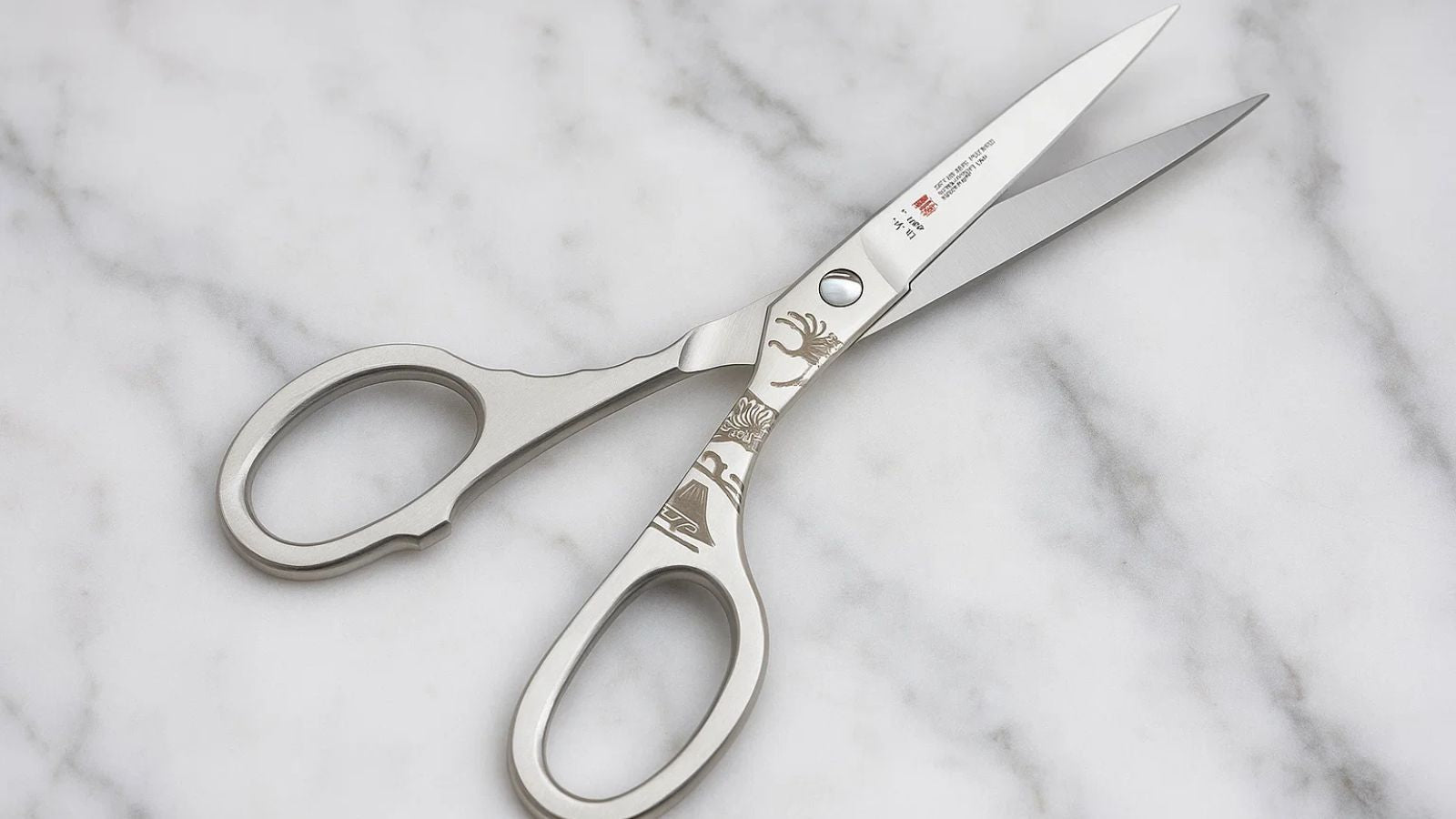


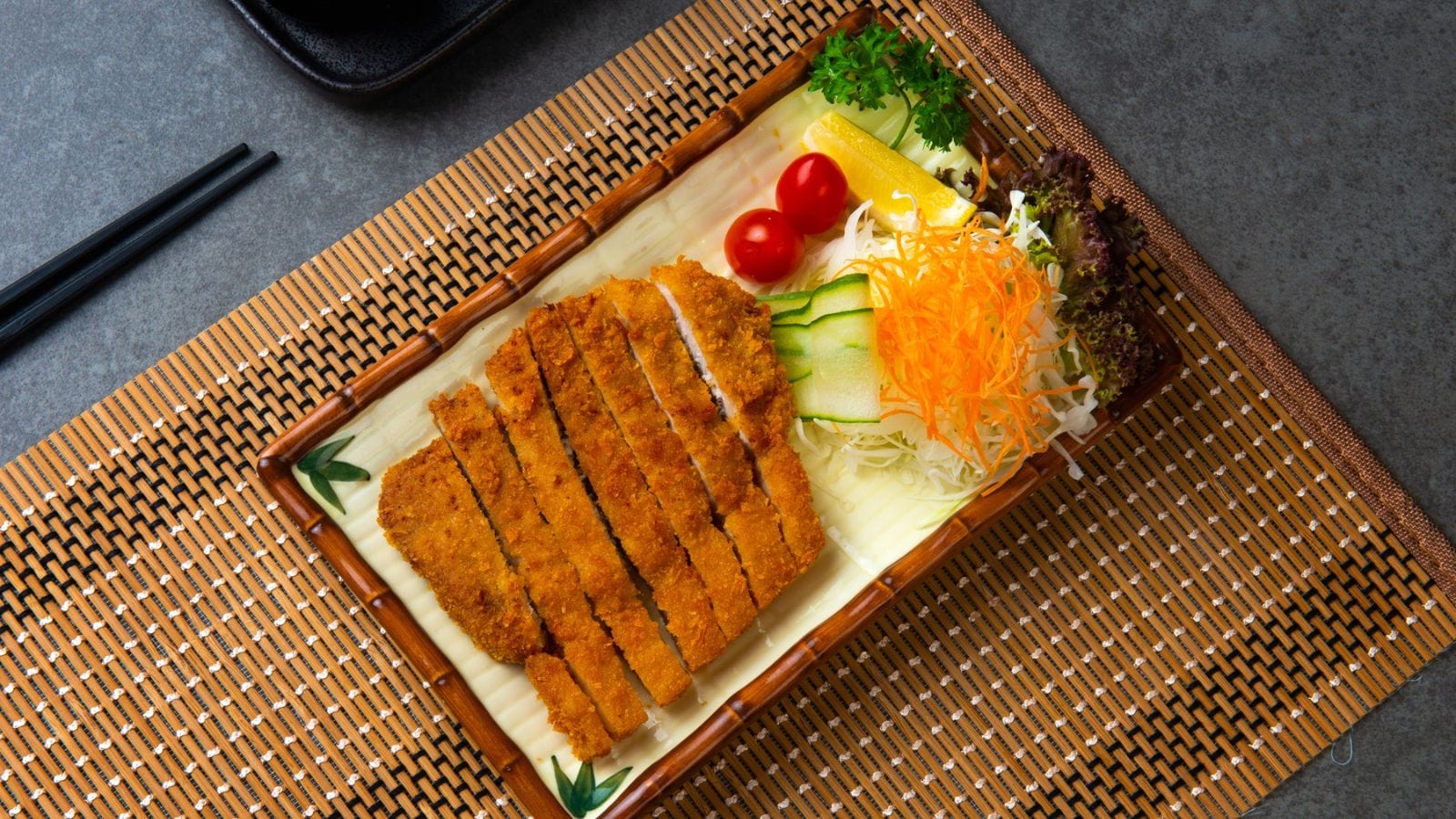

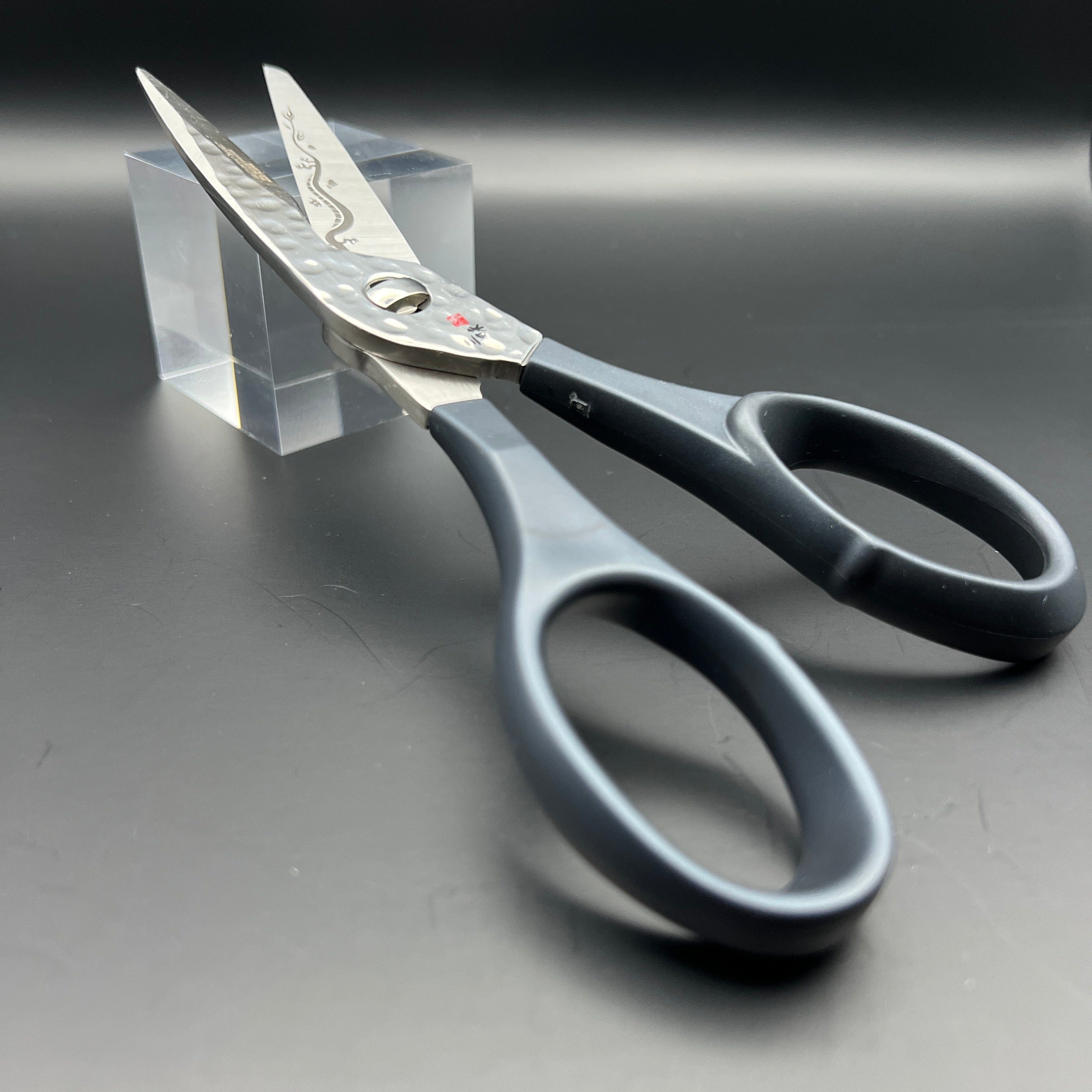
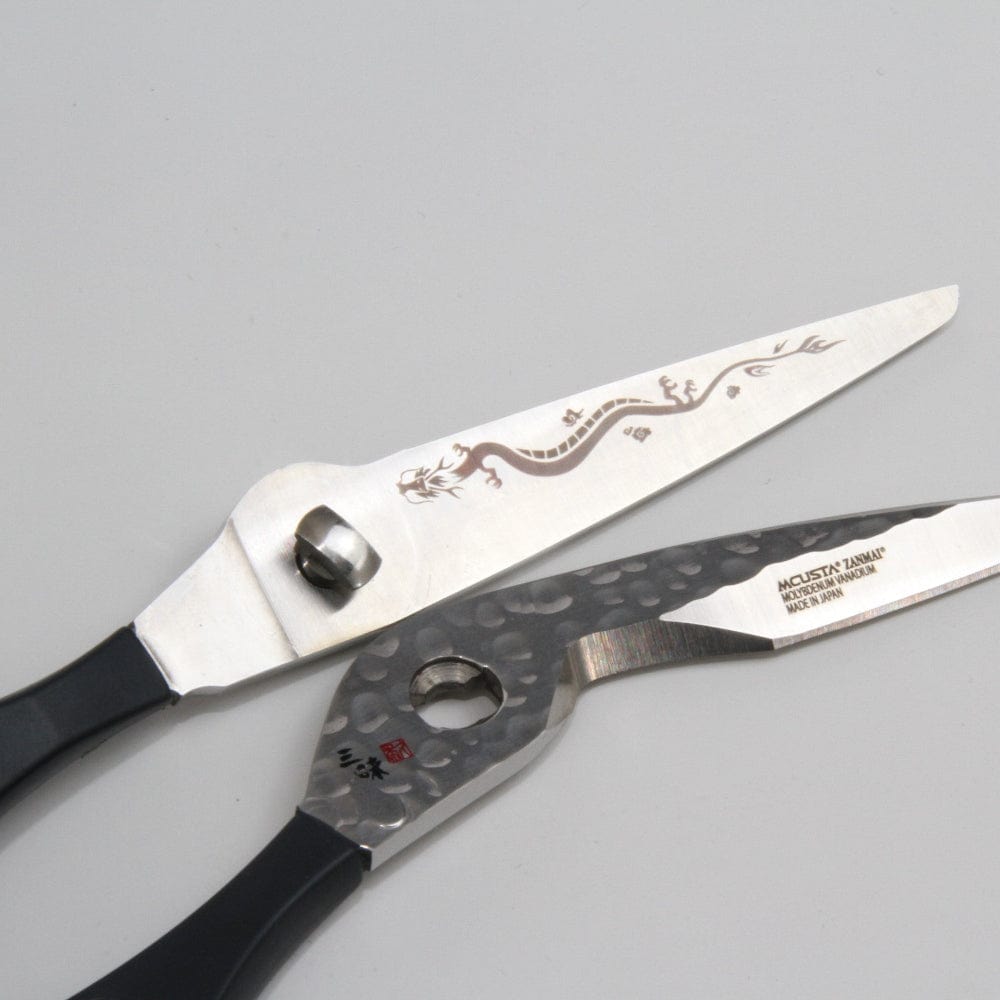
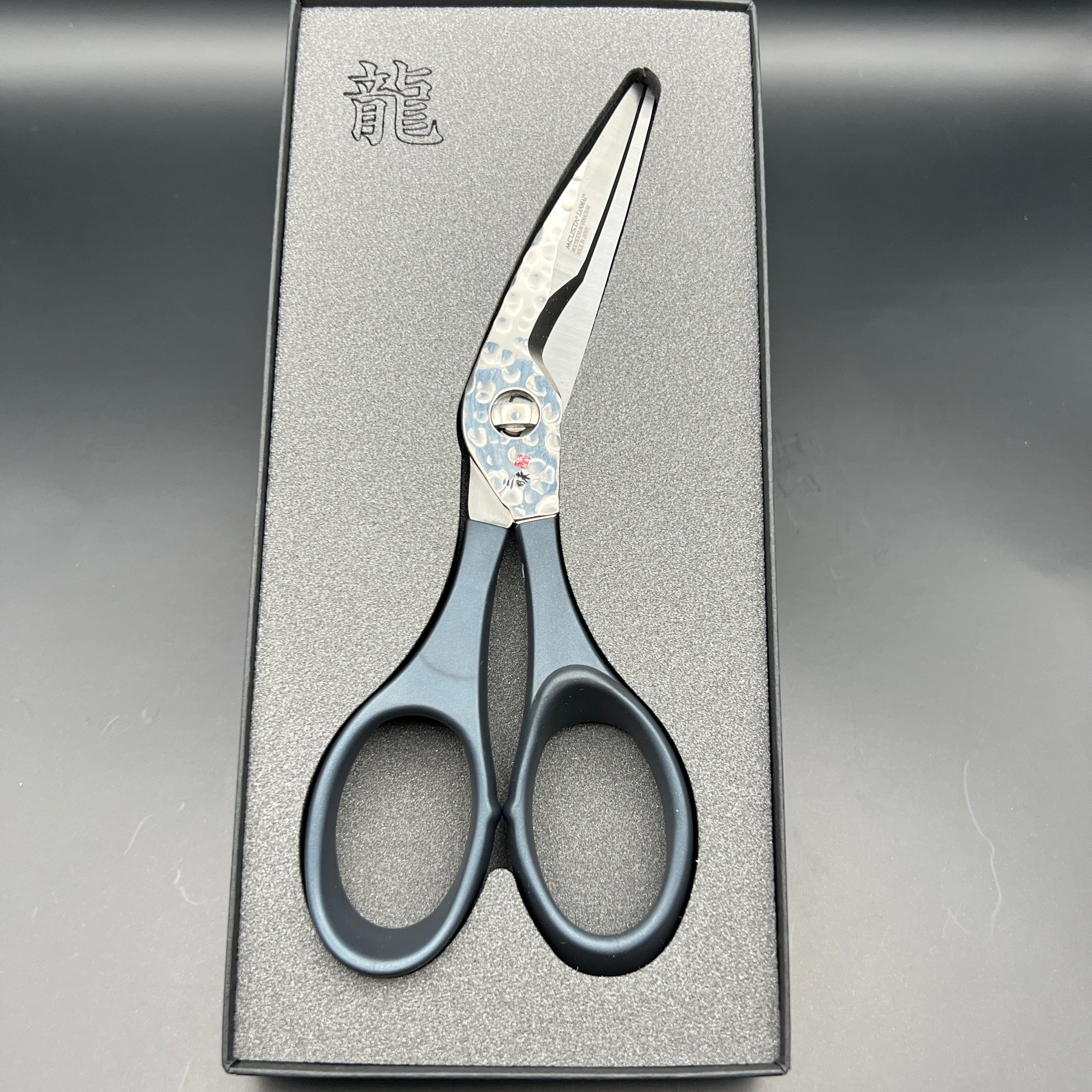
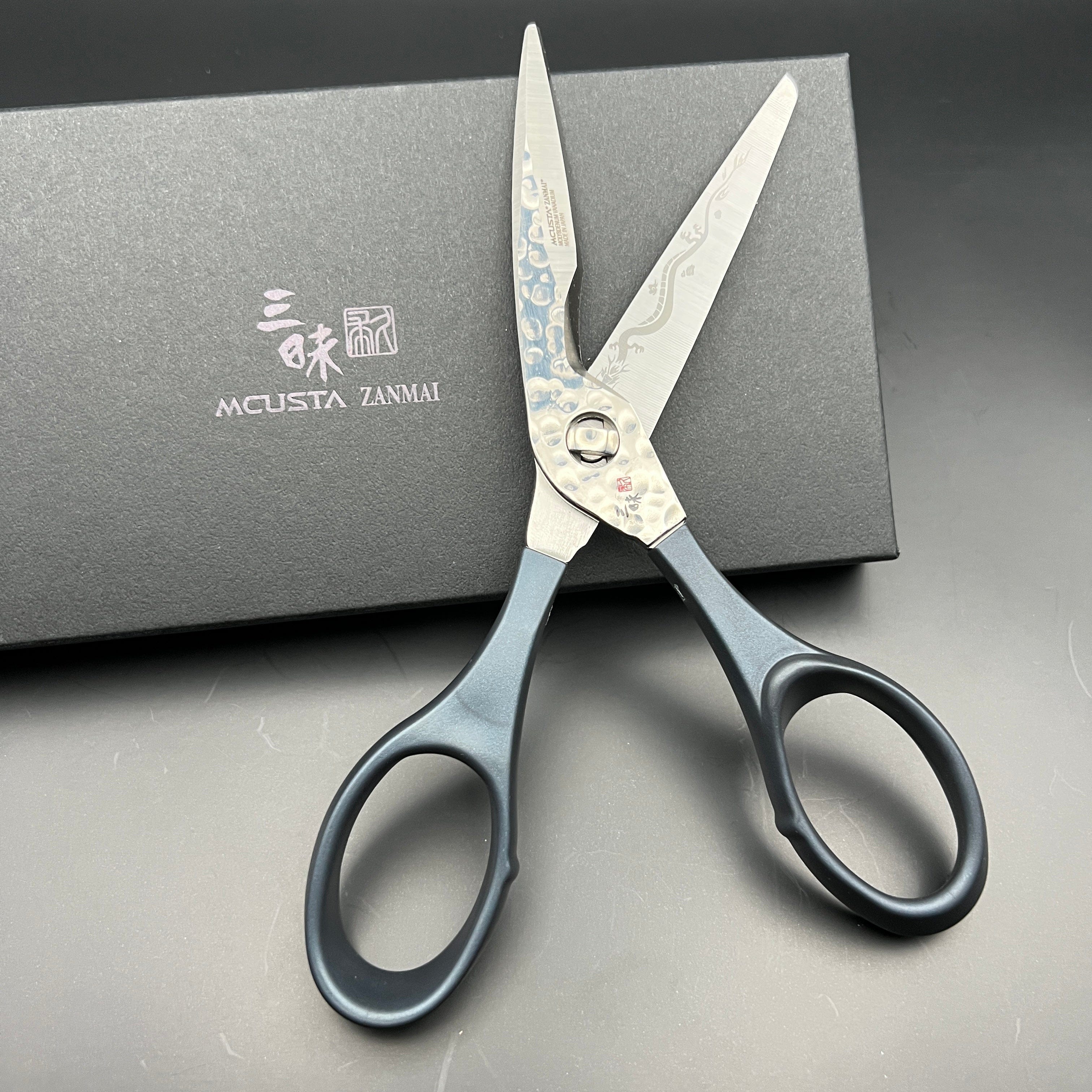
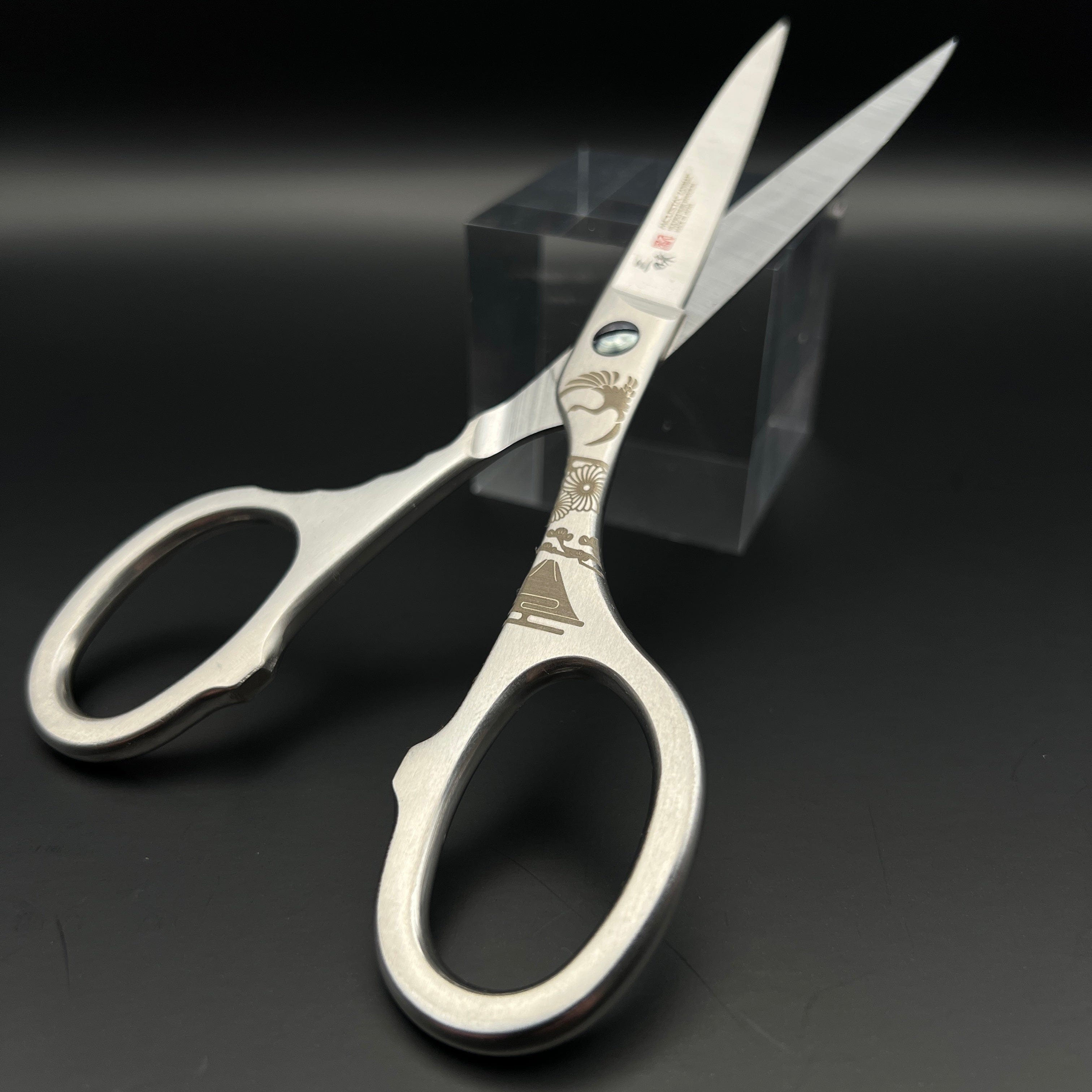
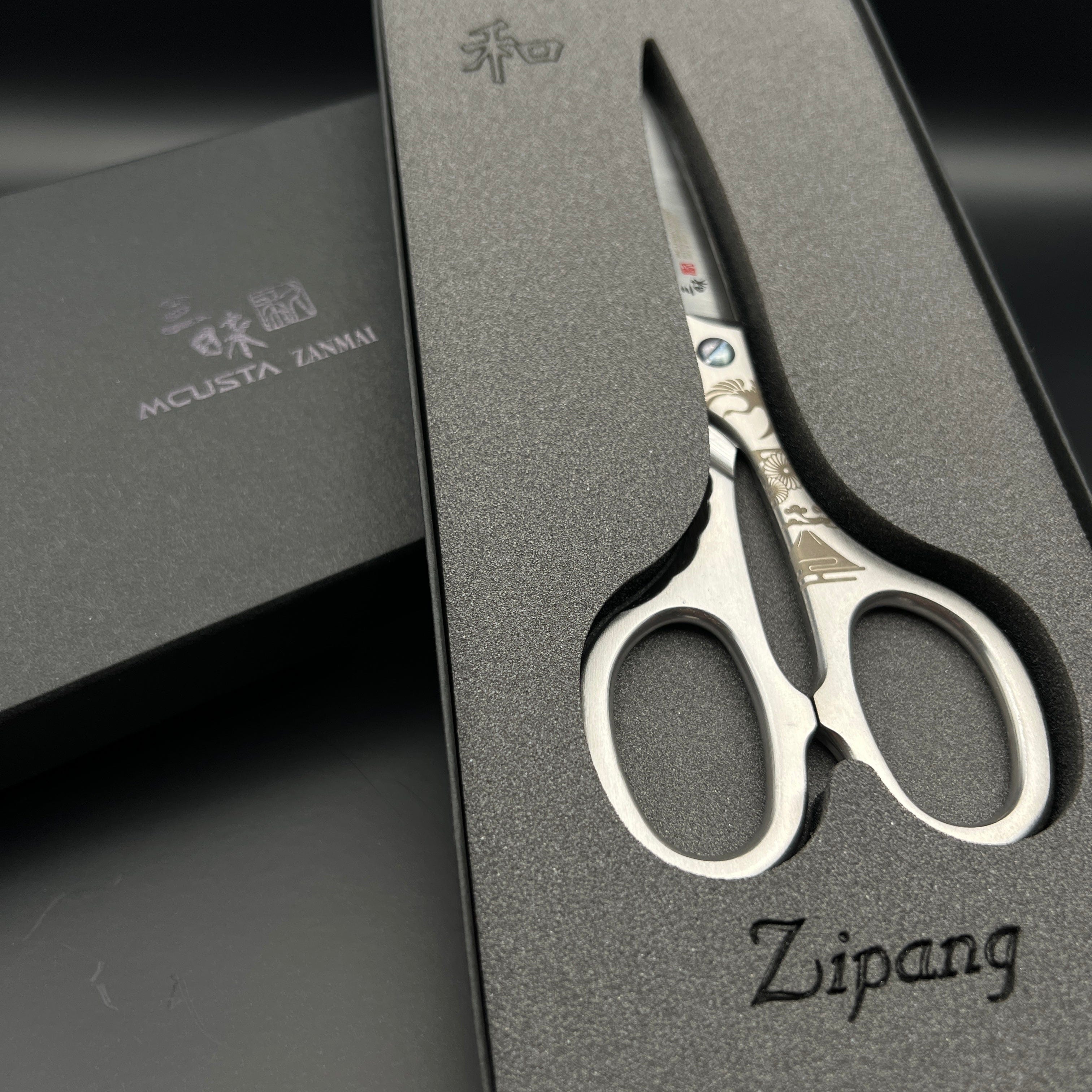
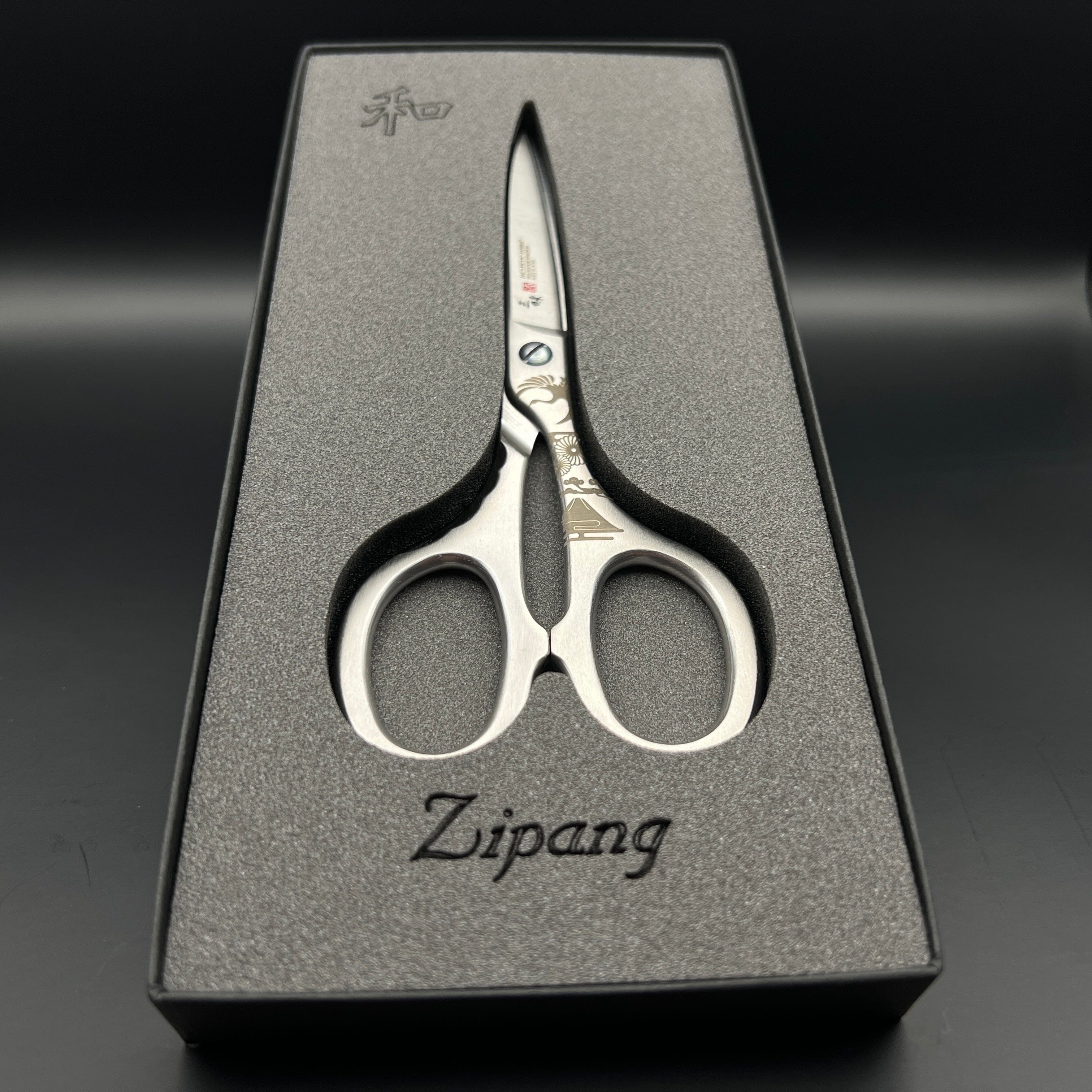
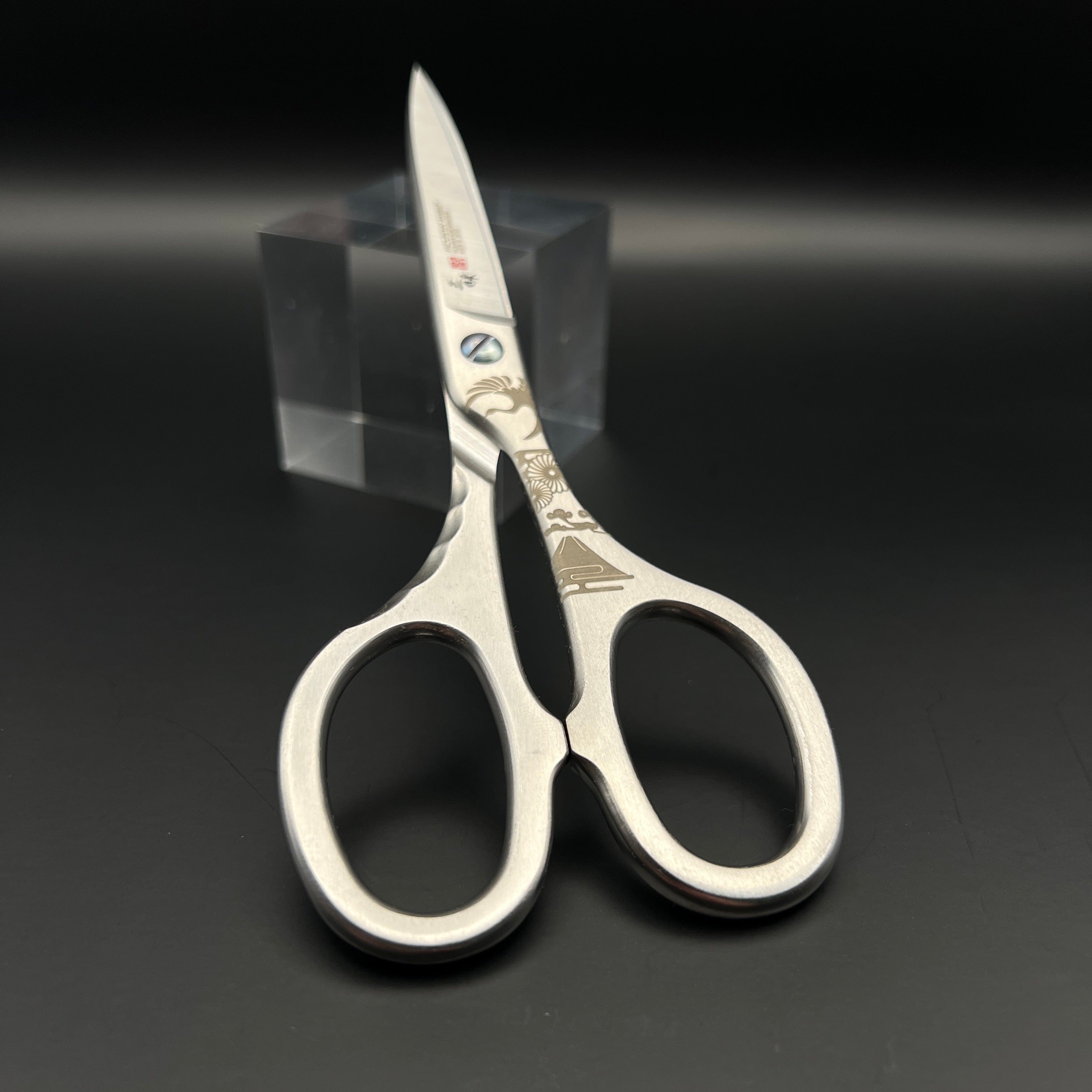
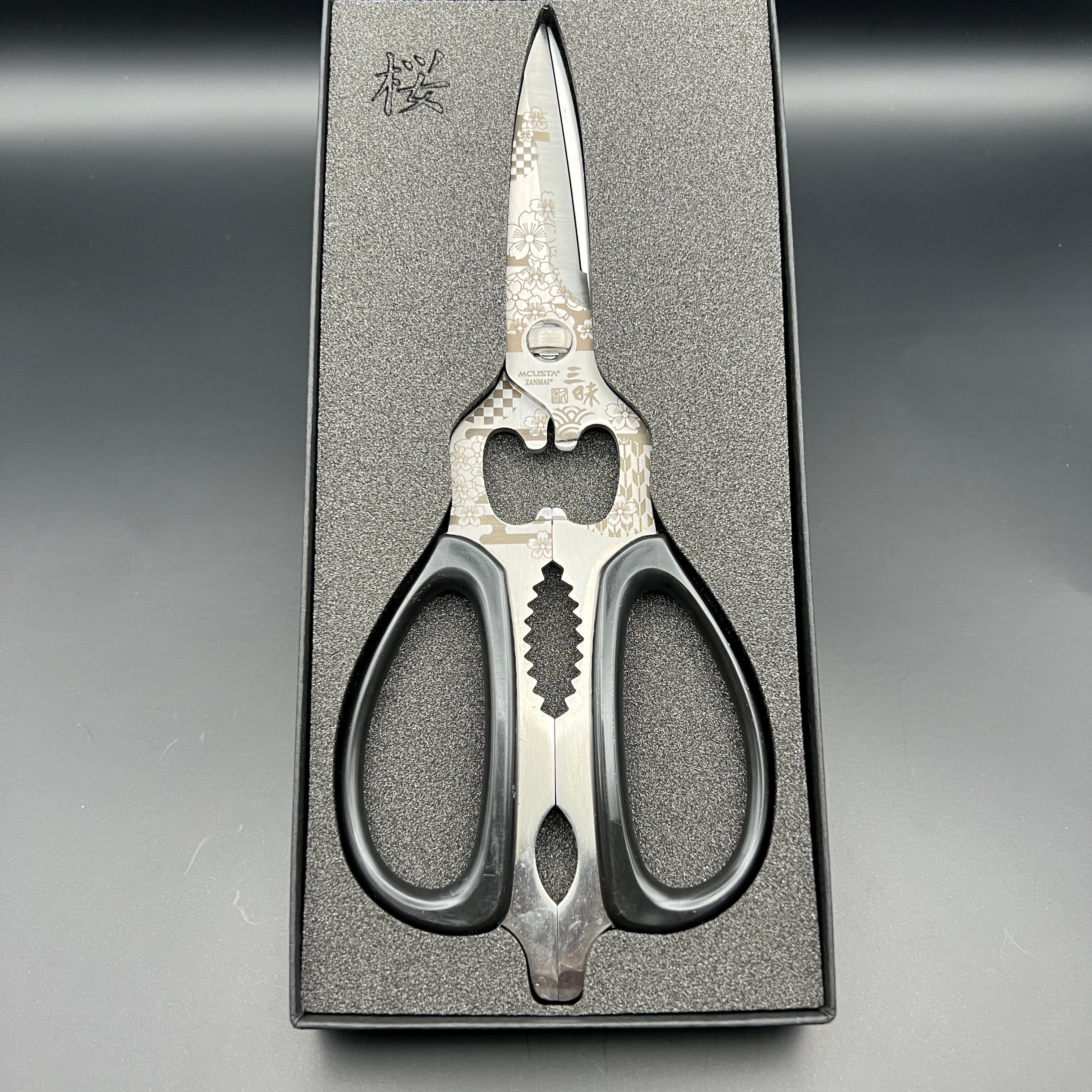
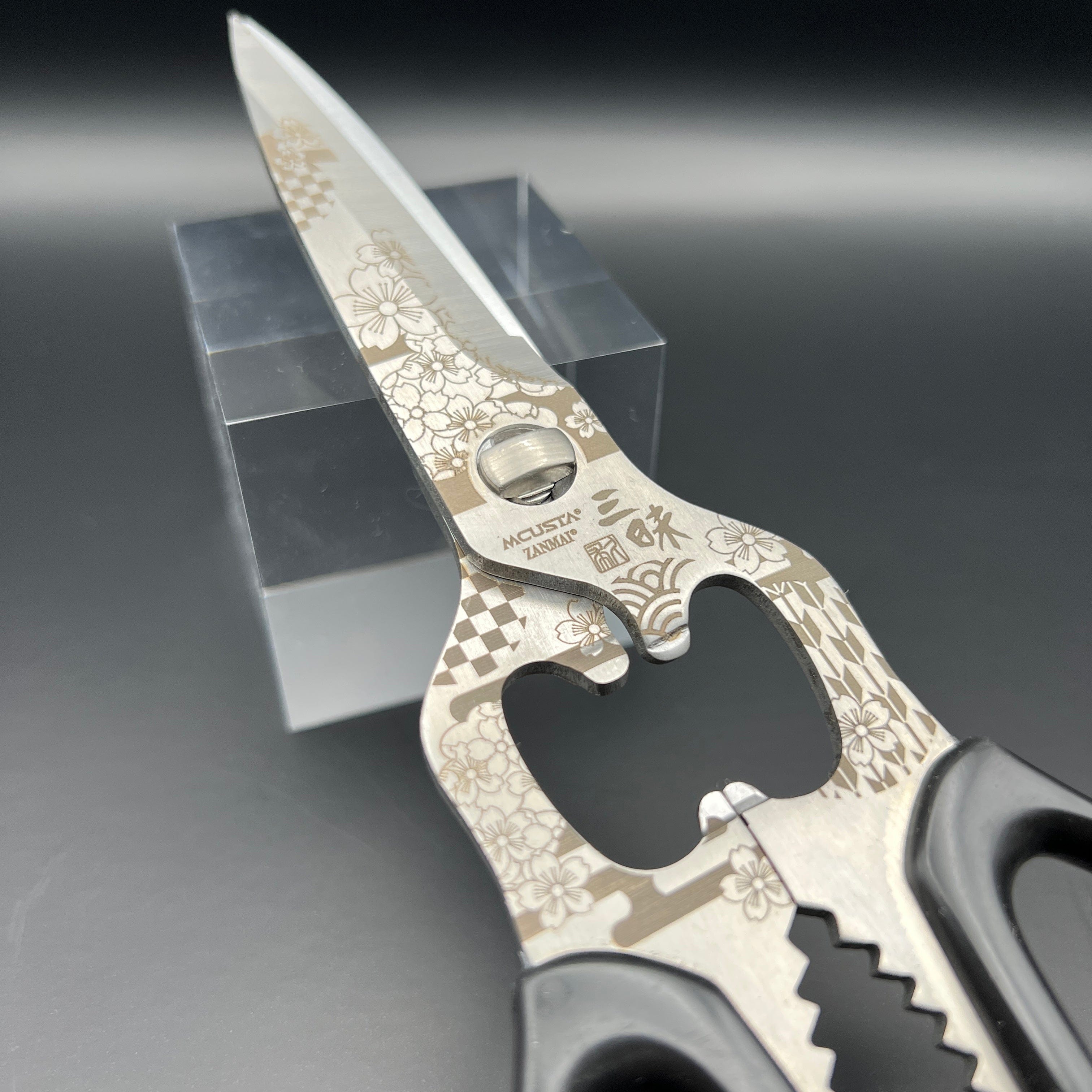

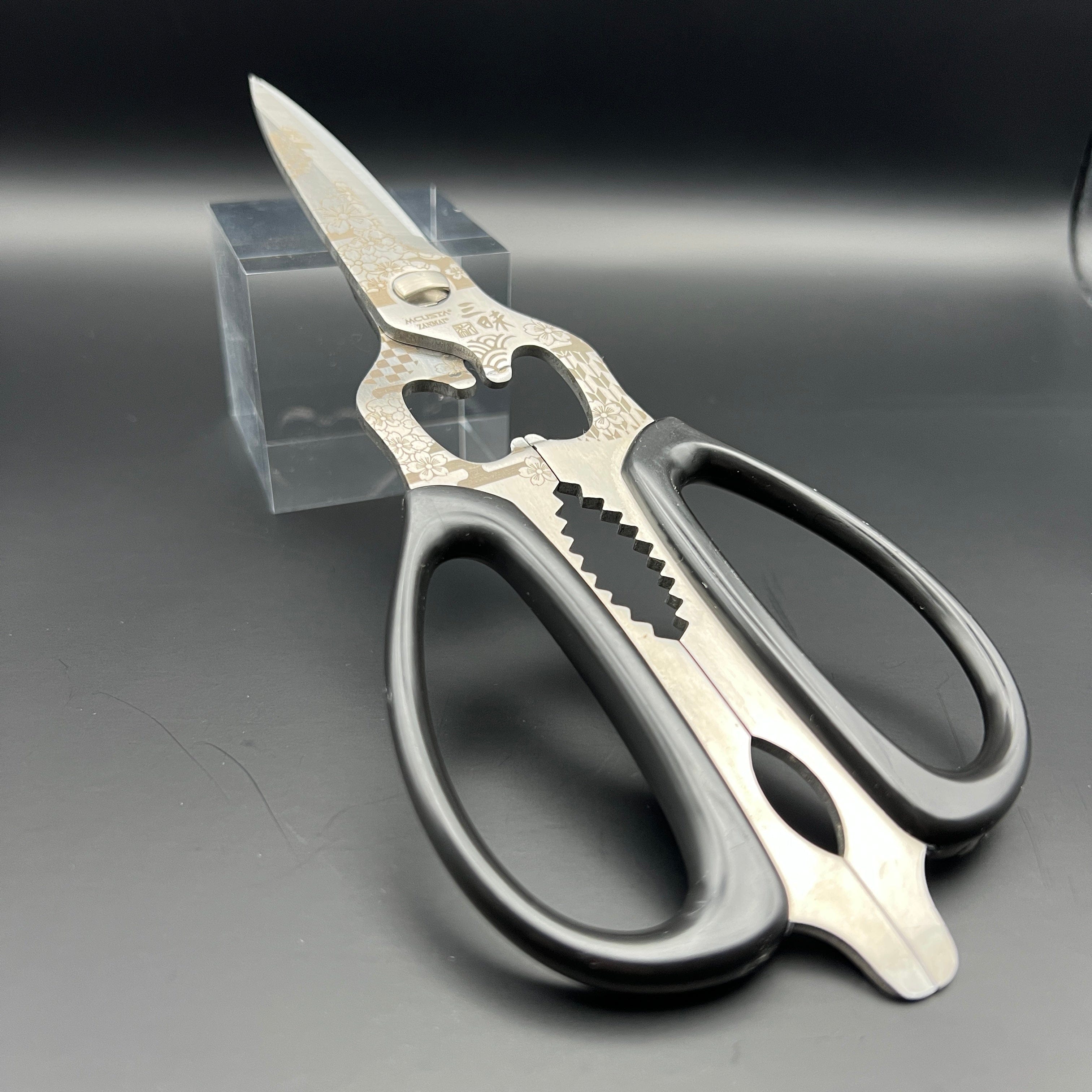
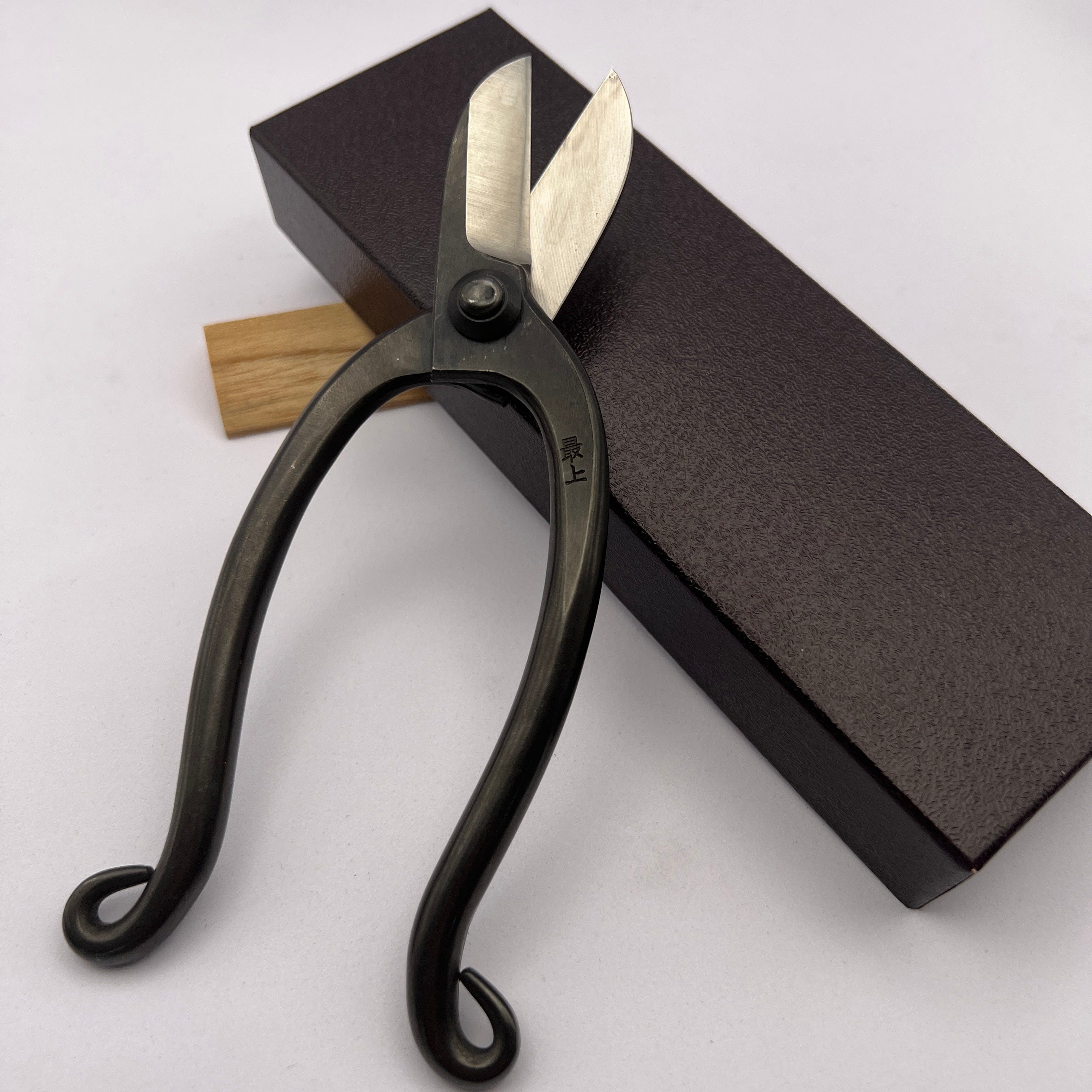
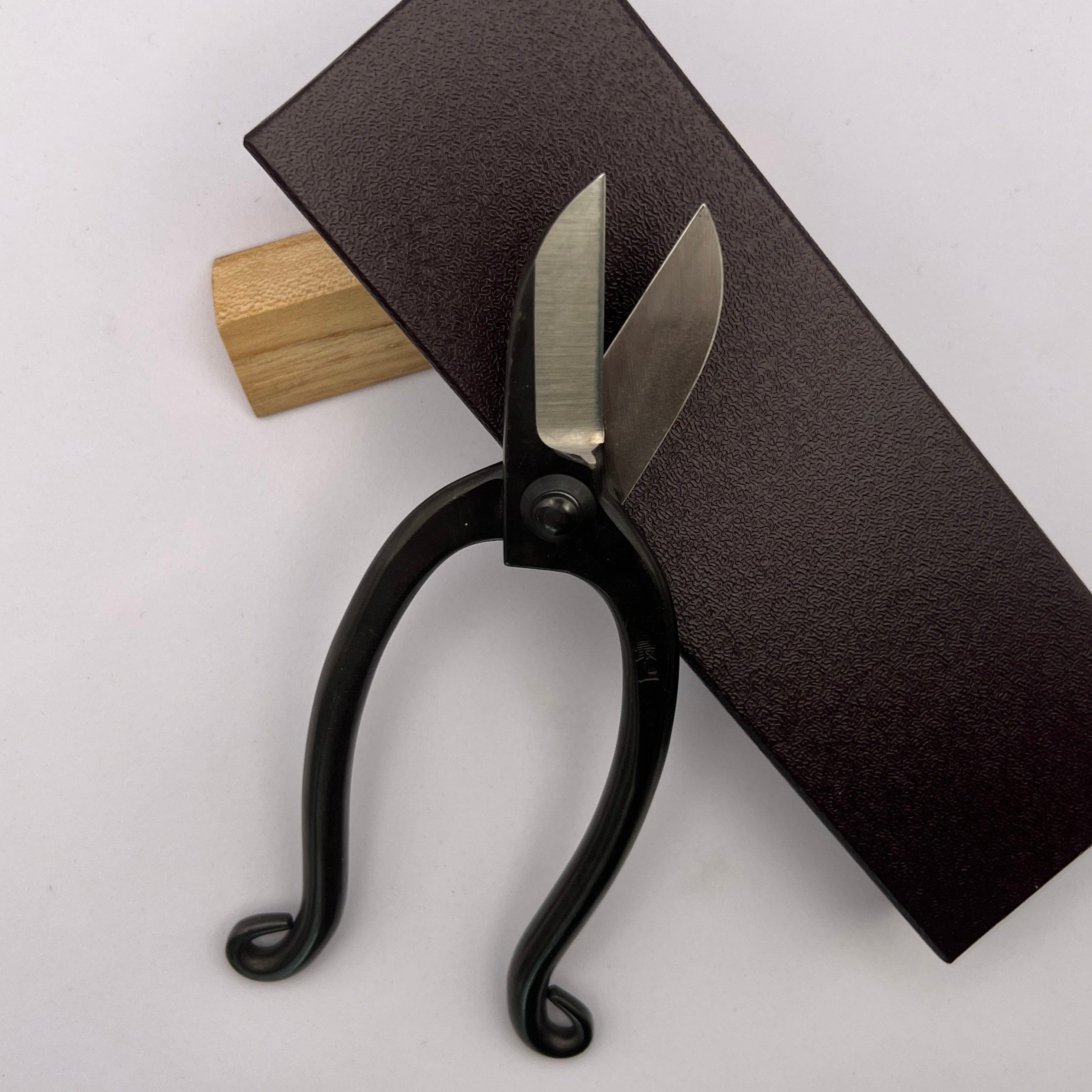
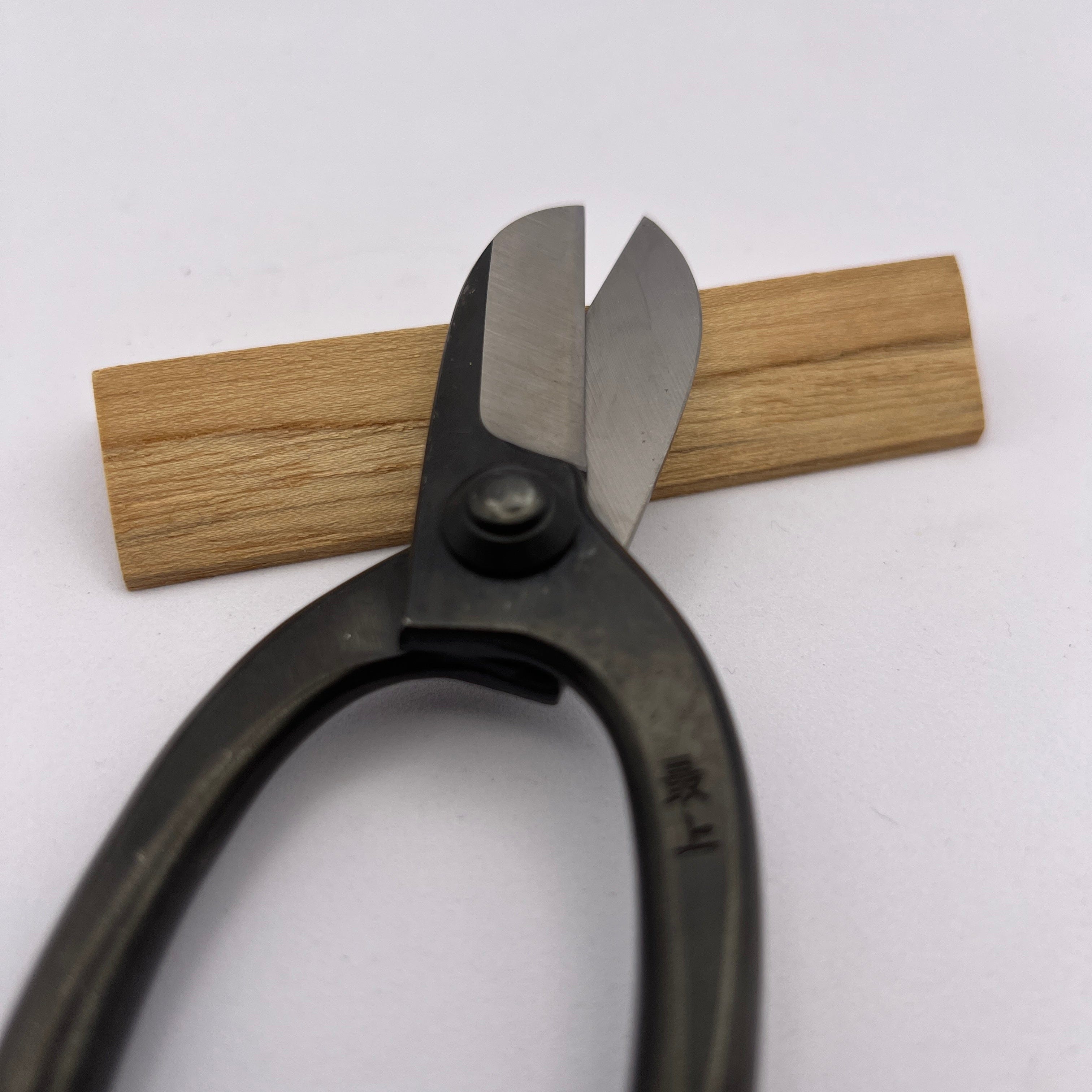
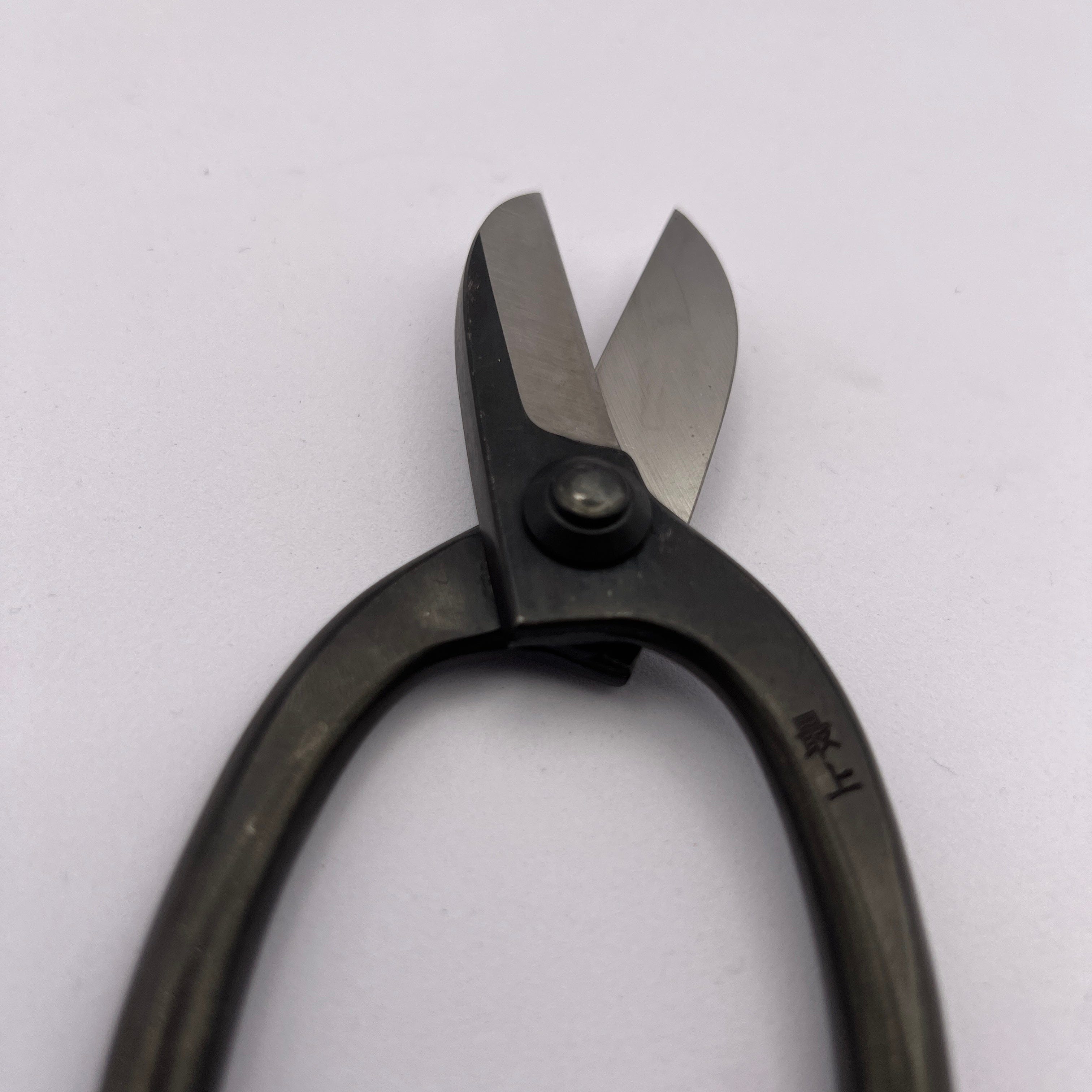
Share: